Berlin's Architectural Wonders and Green Retreats
Embark on a captivating journey through Berlin's stunning architecture and serene parks on this free walking tour, revealing the city's rich history and culture.
Time
4 Hours
Stops
9 Places
Distance
9.6 km
Jewish Museum Berlin
Begin your tour at the Jewish Museum Berlin, an architectural masterpiece by Daniel Libeskind, which offers a profound insight into Jewish history and culture.

Jewish Museum Berlin (Source: Google Maps)
The Jewish Museum Berlin, designed by architect Daniel Libeskind, is an architectural marvel that symbolizes the historical and cultural narrative of Jewish life in Germany. Opened in 1999, it features a striking zigzag shape and a unique void space that evokes feelings of loss and memory. The museum houses extensive exhibitions showcasing Jewish history, from the Middle Ages to the present, including artifacts, photographs, and multimedia installations. The building itself is a work of art, with its angular forms and dramatic voids inviting reflection and contemplation. The garden, known as the 'Garden of Exile,' further enhances the experience, representing the dislocation experienced by Jewish people. This museum not only provides insight into the Jewish experience but also stands as a testament to resilience and hope, making it a significant cultural landmark in Berlin.
Berlinische Galerie
Just a short walk away, the Berlinische Galerie showcases modern art, photography, and architecture from Berlin artists, offering a glimpse into the city's creative scene.
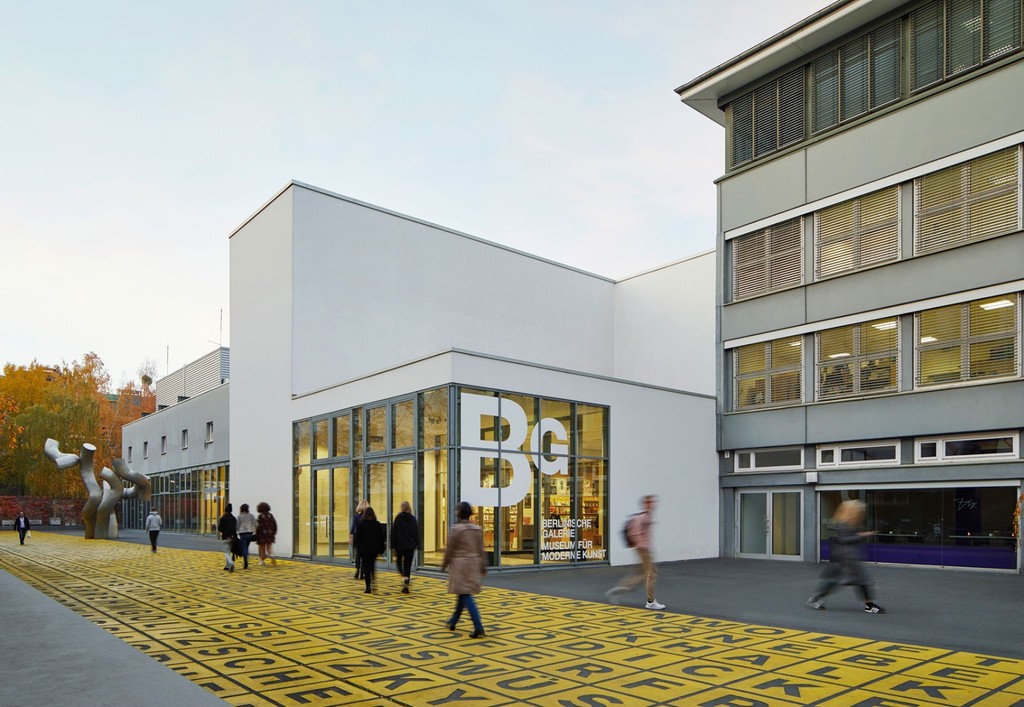
Berlinische Galerie (Source: Google Maps)
The Berlinische Galerie is a modern art museum that celebrates Berlin's vibrant artistic scene. Established in 1975, it showcases an impressive collection of contemporary art, photography, and architecture, primarily from Berlin-based artists. The museum's architecture is a blend of old and new, housed in a former glass factory that has been renovated to create a dynamic exhibition space. Visitors can explore works spanning various mediums, including paintings, sculptures, and installations, highlighting the city's rich cultural diversity. The museum frequently hosts temporary exhibitions, educational programs, and events that engage the public and foster a deeper understanding of modern art. The Berlinische Galerie not only serves as a platform for established artists but also promotes emerging talents, making it a crucial part of Berlin's cultural landscape.
Viktoriapark
Head to Viktoriapark, a charming green space with a cascading waterfall and a monument atop Kreuzberg, providing panoramic views of the city.
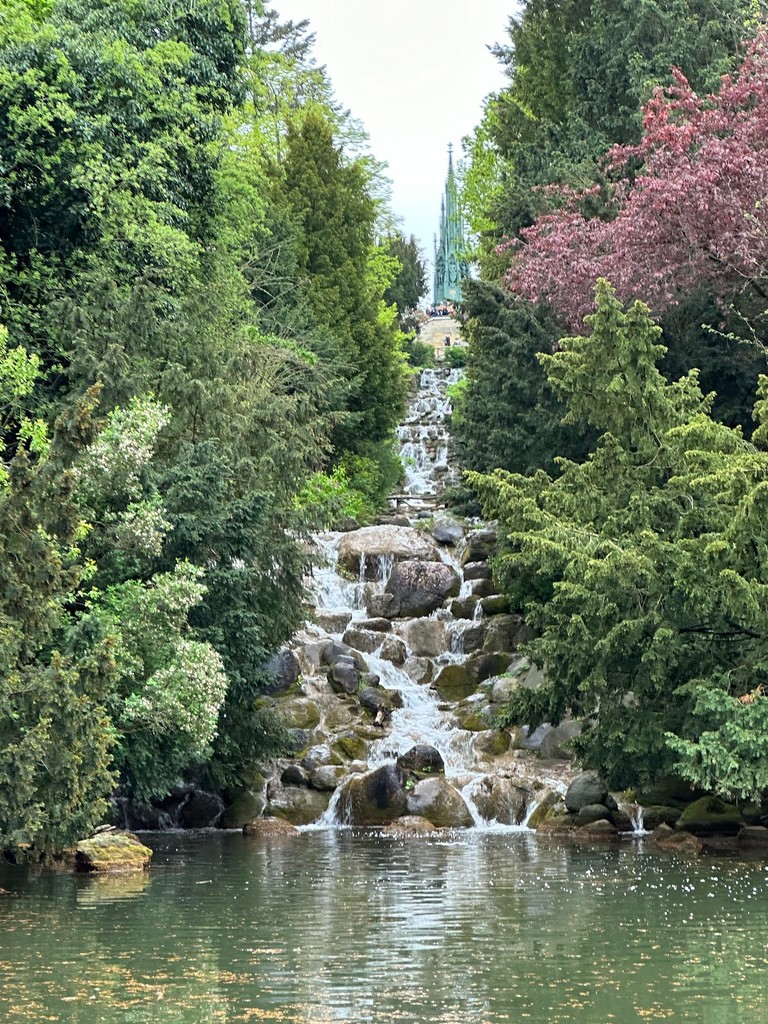
Viktoriapark (Source: Google Maps)
Viktoriapark is a picturesque park located in the Kreuzberg district, known for its stunning natural beauty and historical significance. Established in the 19th century, the park features a cascading waterfall and a monument dedicated to the Wars of Liberation atop a hill, offering breathtaking panoramic views of Berlin. The park is a popular destination for locals and visitors alike, providing a serene escape from the bustling city. Its lush greenery, walking paths, and open spaces make it ideal for leisurely strolls, picnics, and enjoying nature. The waterfall, which flows down from a height of 20 meters, is particularly enchanting, especially during warmer months when visitors can gather by its serene pools. The park's historical context is enriched by the monument, which commemorates the struggle for German unity, making Viktoriapark not only a beautiful retreat but also a site of cultural reflection.
Tempodrom
Continue to the Tempodrom, an iconic venue known for its unique tent-like architecture and cultural events, located nearby.
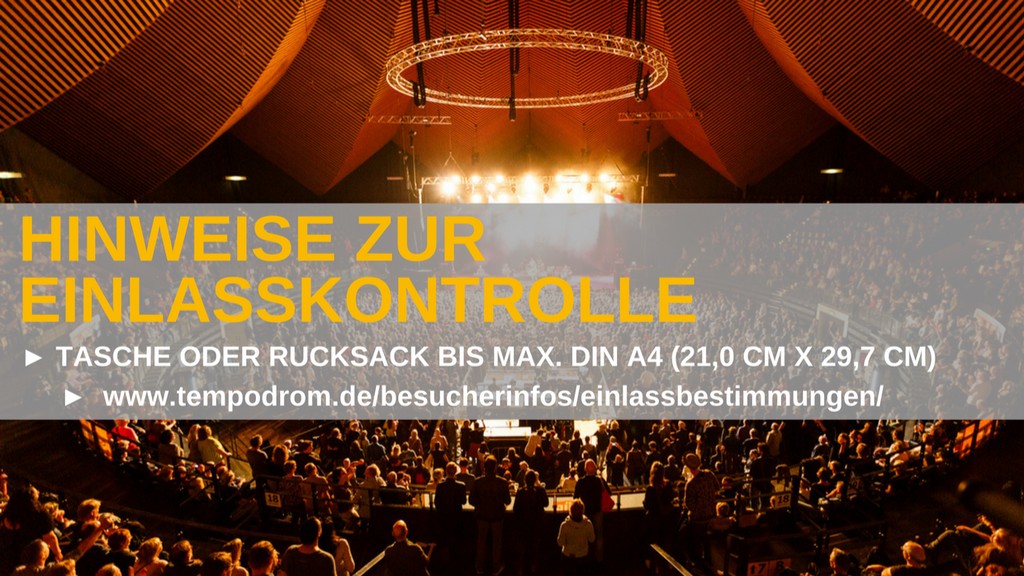
Tempodrom (Source: Google Maps)
Tempodrom is an iconic cultural venue in Berlin, renowned for its distinctive tent-like architecture, reminiscent of a circus. Originally built in 1980 as a temporary structure, it has become a permanent fixture in the city's cultural landscape. The venue hosts a variety of events, including concerts, exhibitions, and festivals, attracting artists and audiences from around the world. Its unique design allows for excellent acoustics and visibility, making it a favored location for performances. The Tempodrom's flexibility in space usage enables it to accommodate diverse events, from large concerts to intimate gatherings. The surrounding area also boasts a vibrant atmosphere, with eateries and shops, making it a lively spot for both locals and tourists. Tempodrom exemplifies Berlin's dynamic cultural scene, reflecting the city's spirit of innovation and creativity.
Anhalter Bahnhof Ruins
Visit the Anhalter Bahnhof Ruins, remnants of a once-grand train station, which now stand as a poignant historical site in Berlin.
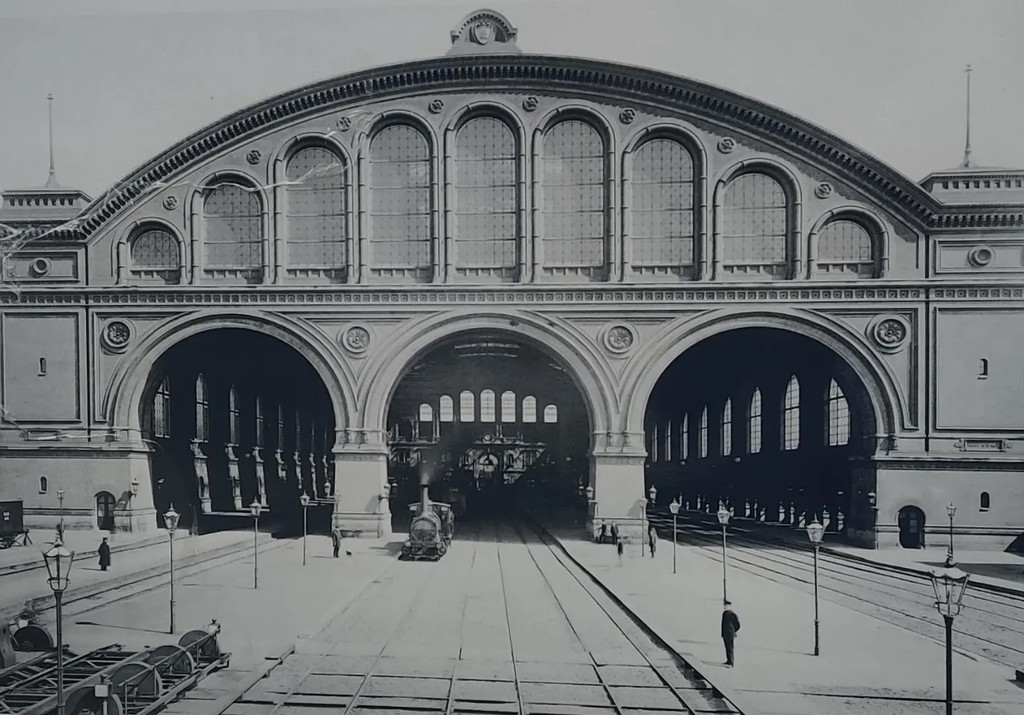
Anhalter Bahnhof Ruins (Source: Google Maps)
The Anhalter Bahnhof Ruins are a poignant reminder of Berlin's historical railway legacy. Once one of the city's grandest train stations, built in 1841, it served as a major transportation hub until its decline in the mid-20th century. The station was known for its impressive architectural features, including a grand entrance adorned with classical columns and a large arched roof. However, during World War II, the station suffered significant damage and was left in ruins, symbolizing the scars of war. Today, the remnants of Anhalter Bahnhof stand as a historical site, inviting reflection on the past and the impact of conflict on urban landscapes. The area around the ruins has been transformed into a memorial site, with information boards that educate visitors about the station's history and its role in the lives of many who traveled through it. Anhalter Bahnhof serves as a significant cultural landmark, preserving the memory of Berlin's rich transportation history.
Tiergarten Park
Stroll through a section of Tiergarten Park, Berlin's vast and beautiful green heart, perfect for a leisurely walk amidst nature.
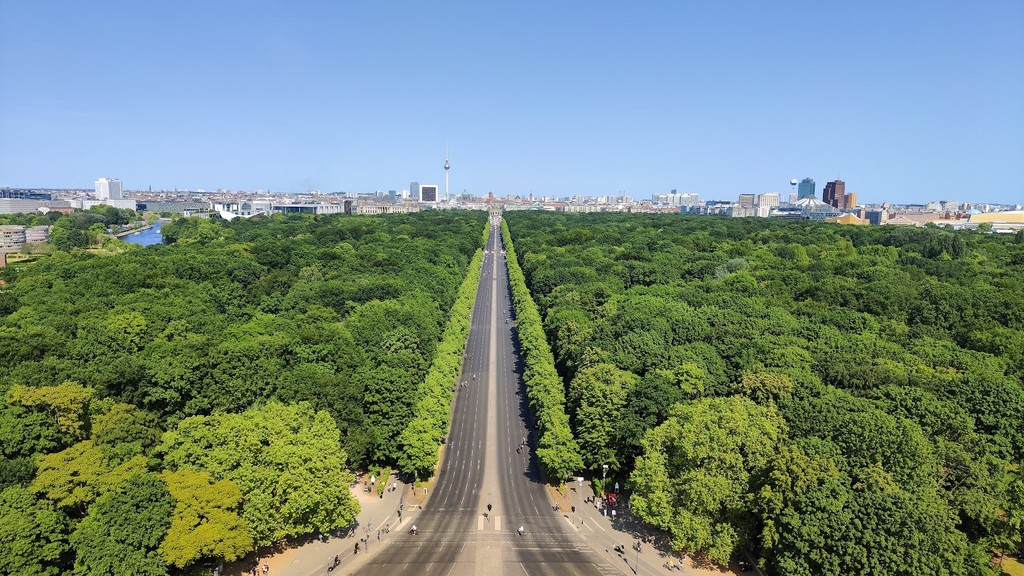
Tiergarten Park (Source: Google Maps)
Tiergarten Park is Berlin's largest and most famous park, spanning over 200 hectares of lush greenery, walking paths, and tranquil lakes. It was originally created as a hunting ground for the Prussian kings in the 16th century and has since evolved into a public park that serves as the city's green oasis. The park features beautifully landscaped gardens, historical monuments, and sculptures, providing a serene escape from the urban hustle. It is home to a variety of flora and fauna, making it a popular spot for nature lovers and outdoor enthusiasts. Visitors can enjoy leisurely walks, cycling, or simply relaxing on the grass. The park's central location makes it easily accessible, and it is often bustling with locals enjoying picnics or jogging. Tiergarten Park is not only a place for recreation but also a cultural hub, with notable landmarks such as the Victory Column and the Berlin Philharmonic nearby, enriching the experience of exploring Berlin.
Brandenburg Gate
Just a short walk away, the Brandenburg Gate is an iconic symbol of Berlin, steeped in history and a must-see for any visitor.

Brandenburg Gate (Source: Google Maps)
The Brandenburg Gate is one of Berlin's most iconic landmarks and a symbol of German unity and peace. Built in the late 18th century, the neoclassical structure features 12 Doric columns and a quadriga, a chariot drawn by four horses, atop its arch. Originally serving as a city gate, it has witnessed significant historical events, including Napoleon's triumphal entry into Berlin and the fall of the Berlin Wall in 1989. The gate's design was inspired by the Propylaea of the Acropolis in Athens, emphasizing its grandeur and importance. Today, it stands as a central point for both locals and tourists, often used for public gatherings and celebrations. The surrounding Pariser Platz has been transformed into a vibrant public square, enhancing the gate's significance as a cultural and historical symbol. The Brandenburg Gate embodies the spirit of Berlin, representing resilience and hope in the face of adversity.
Reichstag Building
Marvel at the Reichstag Building, a symbol of German democracy with its stunning glass dome offering views over Berlin.

Reichstag Building (Source: Google Maps)
The Reichstag Building is a historic parliamentary structure that houses the Bundestag, Germany's federal parliament. Completed in 1894, it is known for its impressive neoclassical architecture and its iconic glass dome, designed by architect Norman Foster. The dome offers visitors a 360-degree view of Berlin, symbolizing transparency in government. The building has a tumultuous history, having been the site of significant political events, including the fire in 1933 that led to the rise of the Nazi regime. After extensive renovations in the 1990s, the Reichstag was reopened as the seat of the German parliament, embodying the country's commitment to democracy. The surrounding gardens and the symbolic glass dome attract many visitors, making it a key landmark in Berlin. The Reichstag Building represents both the historical struggles and the democratic ideals of modern Germany, making it a must-visit site for anyone exploring the city.
Berlin Hauptbahnhof (Hbf)
Conclude your tour at Berlin Hauptbahnhof, the city's main train station, providing convenient access to further travel.
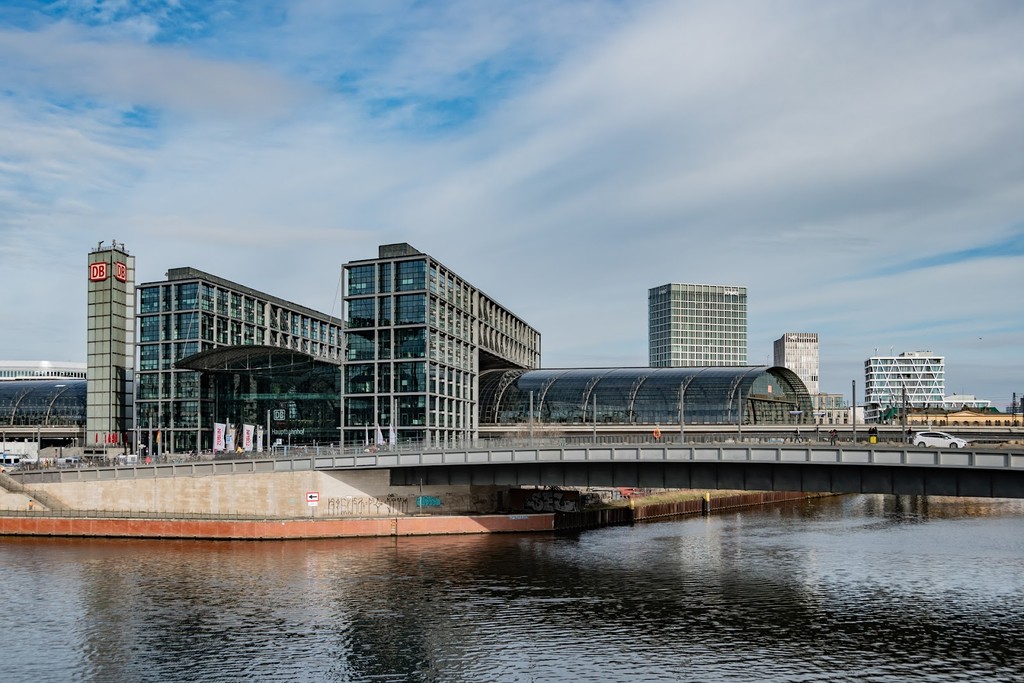
Berlin Hauptbahnhof (Hbf) (Source: Google Maps)
Berlin Hauptbahnhof, or Berlin Central Station, is the main railway station in Berlin and one of the largest train stations in Europe. Opened in 2006, it is a modern architectural marvel, featuring a striking glass façade that allows natural light to flood the interior. The station serves as a major transportation hub, connecting various regional and international train lines, making it a vital part of Berlin's infrastructure. Its multi-level design includes shops, restaurants, and waiting areas, providing travelers with a modern and convenient travel experience. The station's central location makes it easily accessible from various parts of the city, further enhancing its significance. Berlin Hauptbahnhof exemplifies the city's commitment to modernity while preserving its historical identity, serving as a gateway for millions of passengers each year. Its architectural innovation and functionality make it a landmark in its own right.
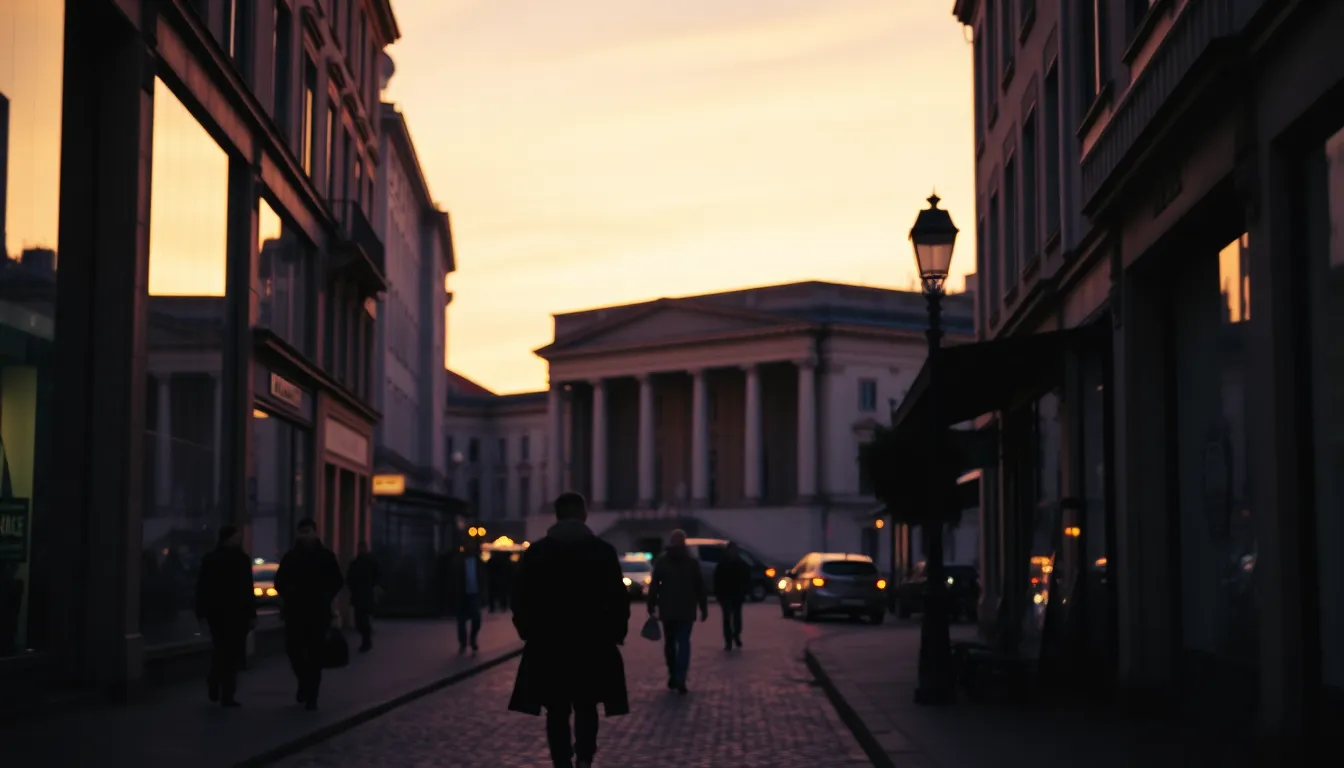
Your travels, your rules.
Create your own Free Walking Tours.
Set your preferences, distances and anything you want to do or see.
Completely free, no payment required.